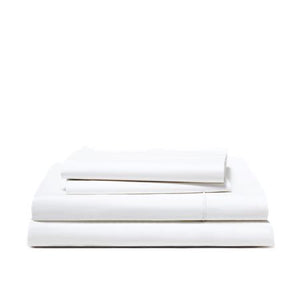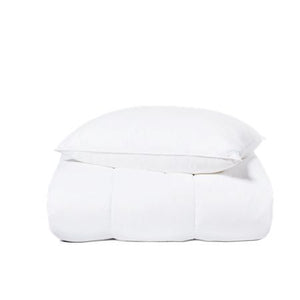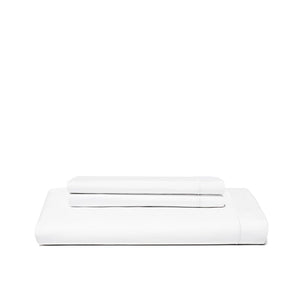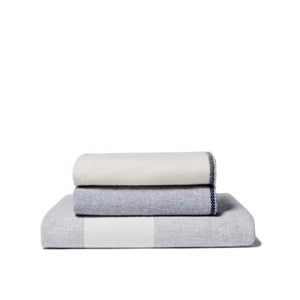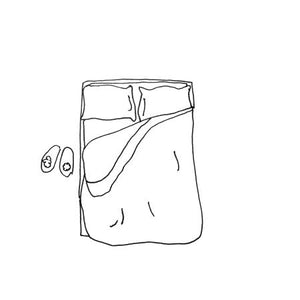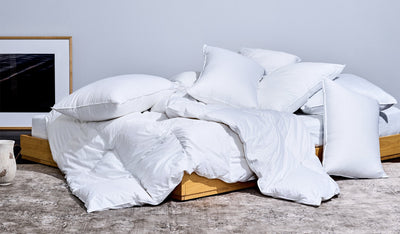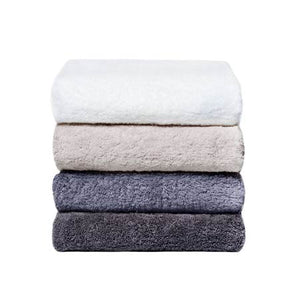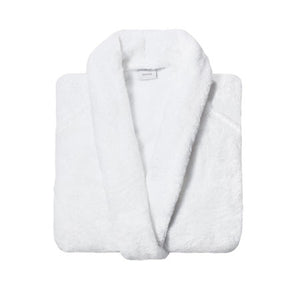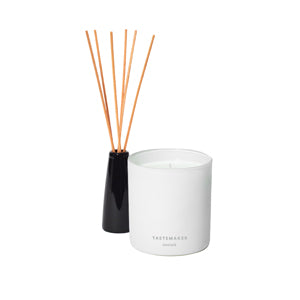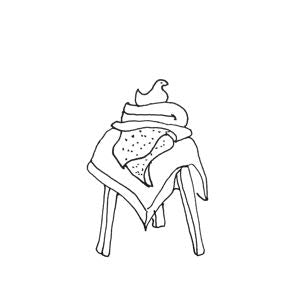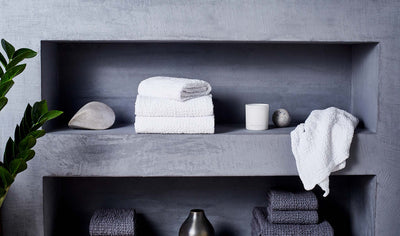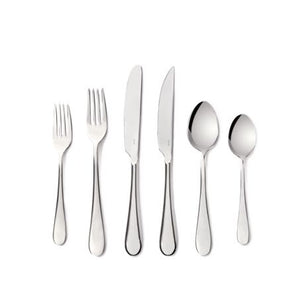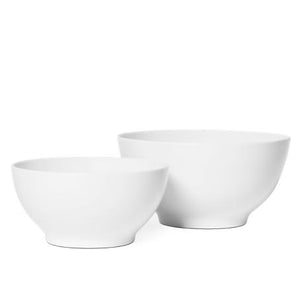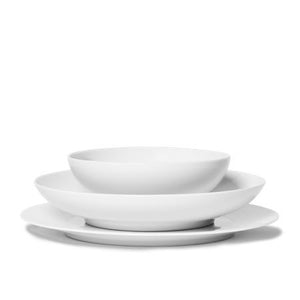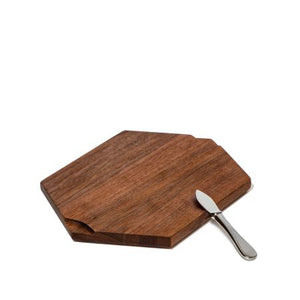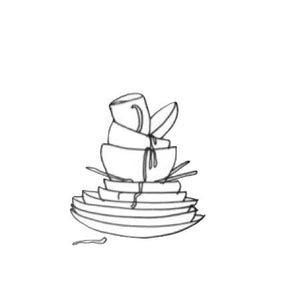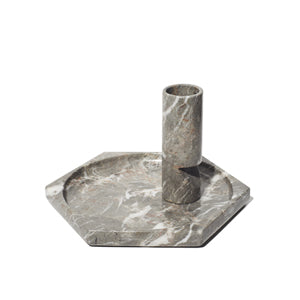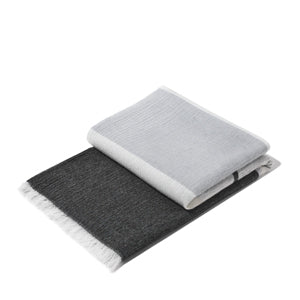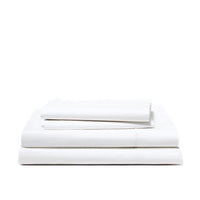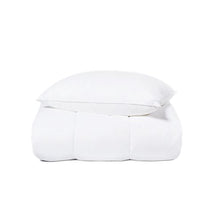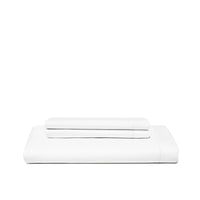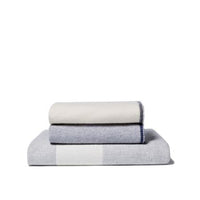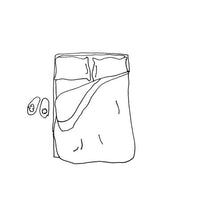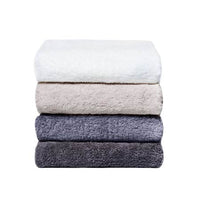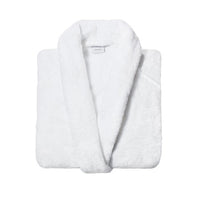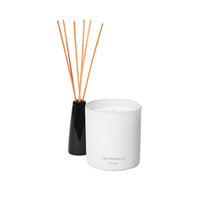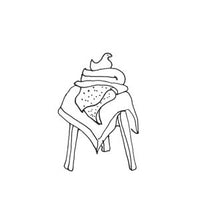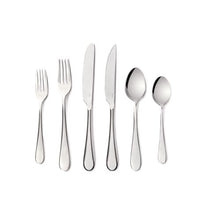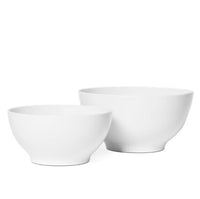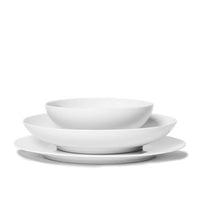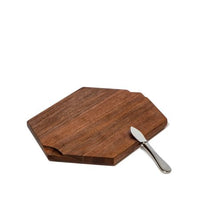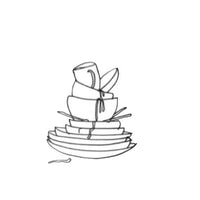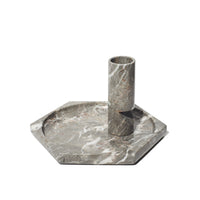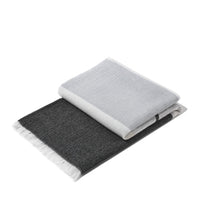Mats trap a lot of moisture and debris, which can lead to unwanted mold and bacteria. Whether it's to maintain safety in your bathroom or just to keep things fresh and sanitary, knowing how to wash a bath mat is important.
The key to washing your bath mat lies in identifying its material—be it machine-washable fabric or rubber that requires hand washing. Each type demands specific care to effectively remove dirt and germs.
Ready to learn the proper techniques to tackle this task? Read on for our complete guide on how to wash a bath mat.
Preparing Your Bath Mat for Washing

Before washing your bath mat, it's important to prepare it properly to ensure that it gets cleaned thoroughly.
1. Remove Loose Particles
The first step in preparing your bath mat for washing is to remove any loose particles that may be on the surface of the mat.
These particles can include hair, debris, and other small items that may have accumulated on the mat over time.
To remove these particles, simply shake out the bath mat over a trash can or outside. You can also use a vacuum cleaner to remove any remaining particles.
This step will help ensure that your bath mat is as clean as possible before you begin washing it.
2. Choose the Right Washing Method

When it comes to washing your bath mat, there are two main methods to choose from: machine washing and hand washing. Each method has its own advantages and disadvantages, so it's important to choose the one that's right for you.
Machine Washing
Machine washing is a convenient and fast way to clean your bath mat.
If your bath mat is made of a durable material such as cotton or polyester, it can usually be machine washed without any issues.
However, if your bath mat is made of a delicate material such as wool or silk, it's best to avoid machine washing as it can damage the fibers.
When machine washing your bath mat, make sure to use a gentle laundry detergent and set the machine to a gentle cycle. This will help prevent any damage to the material.
Additionally, be sure to follow the washing instructions on the care label of your bath mat, as different materials may require different water temperatures and washing methods.
Hand-Washing
Hand-washing is a great option for delicate materials or rubber-backed bath mats that should not be machine washed.
When hand-washing your bath mat, start by filling a container with warm soapy water. Use a gentle laundry detergent and mix it in with the water until it's fully dissolved.
Next, submerge the bath mat in the soapy water and gently rub it with your hands or a soft brush.
This will help remove any dirt, mildew, mold, bacteria, germs, or fungus that may be present on the mat. Once you've thoroughly cleaned the mat, rinse it with clean water until all the soap has been removed.
Remember to always follow the washing instructions on the care label of your bath mat, as different materials may require different washing methods.
3. Dry Your Bath Mat

After washing your bath mat, the next step is to dry it properly to avoid any moisture buildup that can lead to bacteria, mold, and mildew growth.
Machine Drying
If your bath mat is made of cotton or other machine-washable material, you can dry it in the dryer.
Before putting it in the dryer, make sure to remove any excess water by squeezing or pressing it gently.
Place the bath mat in the dryer with a few dry towels to help absorb moisture and reduce drying time. Set the dryer to a low heat setting and run it for about 20 to 30 minutes.
Check the bath mat regularly to avoid overheating, and remove any lint that may have accumulated in the dryer.
Air-Drying
If your bath mat has a rubber backing or is not machine-washable, air-drying is the best option.
After washing, remove any excess water by squeezing or pressing it gently.
Then, hang the bath mat on a drying rack or clothesline in a well-ventilated area, away from direct sunlight.
Avoid folding or creasing the bath mat while it dries, as this can cause wrinkles and prolong the drying time.
It may take a few hours for the bath mat to air-dry completely, depending on the humidity level in your area.
To speed up the drying process and prevent any odors, you can add a cup of white vinegar to the rinse cycle when washing your bath mat. The vinegar will help remove any soap residue and neutralize any unpleasant odors.
Tips for Keeping Your Bath Mats Clean

Common Issues in Dirty Bath Mats
Stains: If your bath mat has stains, pre-treat them with a stain remover or a mixture of mild detergent and water before washing it. Use a soft-bristled brush to work the detergent into the stained area, and then wash the mat in cold water on a gentle cycle.
Odors: To remove odors from your bath mat, sprinkle baking soda on it and let it sit for 15-20 minutes before vacuuming it up. You can also add a cup of white vinegar to the rinse cycle when washing the mat to help eliminate odors.
Mold and Mildew: If your bath mat develops mold or mildew, wash it in hot water with a disinfectant cleaner. You can also add a cup of white vinegar to the wash cycle to help kill mold and mildew.
Residue: If your bath mat has a residue buildup, wash it in hot water with a cup of white vinegar and a cup of baking soda. This will help break down the residue and eliminate any odors.
Routine Care
To keep your bath mat clean and hygienic, it is essential to follow a regular cleaning routine. Here are some tips to help you maintain your bath mat's cleanliness:
-
Shake out your bath mat regularly to remove any loose dirt, hair, or debris that may have accumulated on it.
-
Vacuum your bath mat to remove any dirt or dust that may have settled on it. Use a handheld vacuum or a vacuum cleaner with a hose attachment to get into the corners and edges.
-
Machine wash your bath mat every two to four weeks, depending on how frequently it is used. Use cold water and a mild detergent to avoid damaging the material or the non-skid backing. Avoid using bleach or fabric softener, as they can damage the material and the non-skid backing.
- Hang your bath mat to dry in a well-ventilated area. Avoid drying it in direct sunlight, as this can fade the colors and damage the material.
How to Make Your Bath Mat Last Long
To ensure that your bath mat lasts for a long time, it is crucial to take proper care of it. Here are some best practices to make sure your bath mat lasts long:
Wash Your Bath Mat Regularly
Washing your bath mat regularly is crucial to keep it clean and hygienic.
It is recommended to wash your bath mat every week or two, depending on how often you use it. If you have pets or children, you may need to wash your bath mat more frequently.
Follow the Care Instructions
Different types of bath mats require different care instructions.
It is crucial to follow the care instructions provided by the manufacturer to ensure that your bath mat lasts for a long time.
Some bath mats can be machine-washed, while others need to be hand-washed. Additionally, some bath mats can be tumble-dried, while others need to be air-dried.
Use the Right Detergent
Using the right detergent is crucial to keep your bath mat clean and fresh.
It is recommended to use a mild detergent that is specially formulated for bath mats. Harsh detergents can damage the fibers of your bath mat and reduce its lifespan.
Avoid Using Bleach
Bleach can damage the fibers of your bath mat and cause discoloration. It is recommended to avoid using bleach when washing your bath mat. If you need to remove stains, you can use a stain remover that is safe for your bath mat.
Conclusion
Cleaning your bath mat is essential to maintain a hygienic and safe bathroom, preventing mold and bacteria. Knowing the proper way to clean your mat, whether it needs a machine wash or a bit more care, helps keep it in top shape.
For bath mats that combine quality, safety, and ease of maintenance, explore Snowe's selection. Our durable bath mats are designed to complement any bathroom. Shop Snowe today for bath mats that elevate your daily routine.
Frequently Asked Questions
Can you wash a bath mat with towels?
It's best to wash bath mats separately from towels to avoid damaging the mat or the towels.
Bath mats can shed fibers, which can stick to towels and cause pilling or damage. Additionally, towels can be abrasive and cause wear and tear on the bath mat.
If you need to wash them together, use a gentle cycle and avoid using fabric softener.
Is it hygienic to wash floor mats in the washing machine?
Yes, it's hygienic to wash floor mats in the washing machine, as long as you follow the care instructions on the label.
Most bath mats can be washed in the machine using a gentle cycle and mild detergent. However, if your mat has a rubber backing, it's best to wash it by hand to avoid damaging the backing.
How to wash bathroom rugs with rubber backing?
To wash bathroom rugs with rubber backing, first, shake off any loose debris.
Then, fill a bathtub or large sink with warm water and add a small amount of mild detergent.
Mix the solution until it becomes sudsy. Place the rug in the water and use a soft-bristled brush or sponge to gently clean the rug.
Finally, rinse the rug thoroughly with water and hang it to dry.
Can you put a rubber bath mat in the dryer?
No, you should not put a rubber bath mat in the dryer. The heat can damage the rubber and cause it to deteriorate. Instead, hang the mat to dry or lay it flat on a towel in a well-ventilated area.
Avoid exposing the mat to direct sunlight, as it can cause fading or discoloration.
